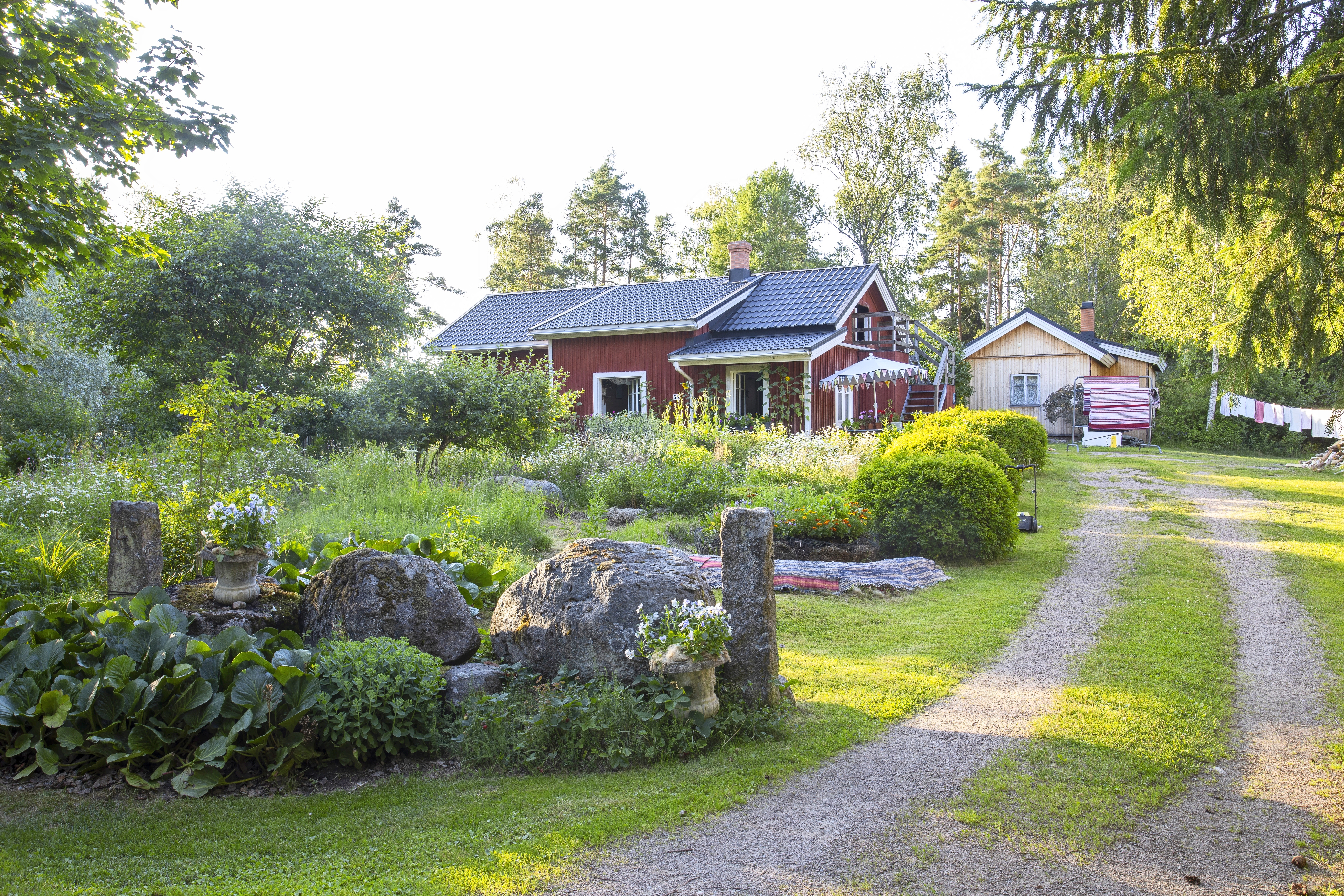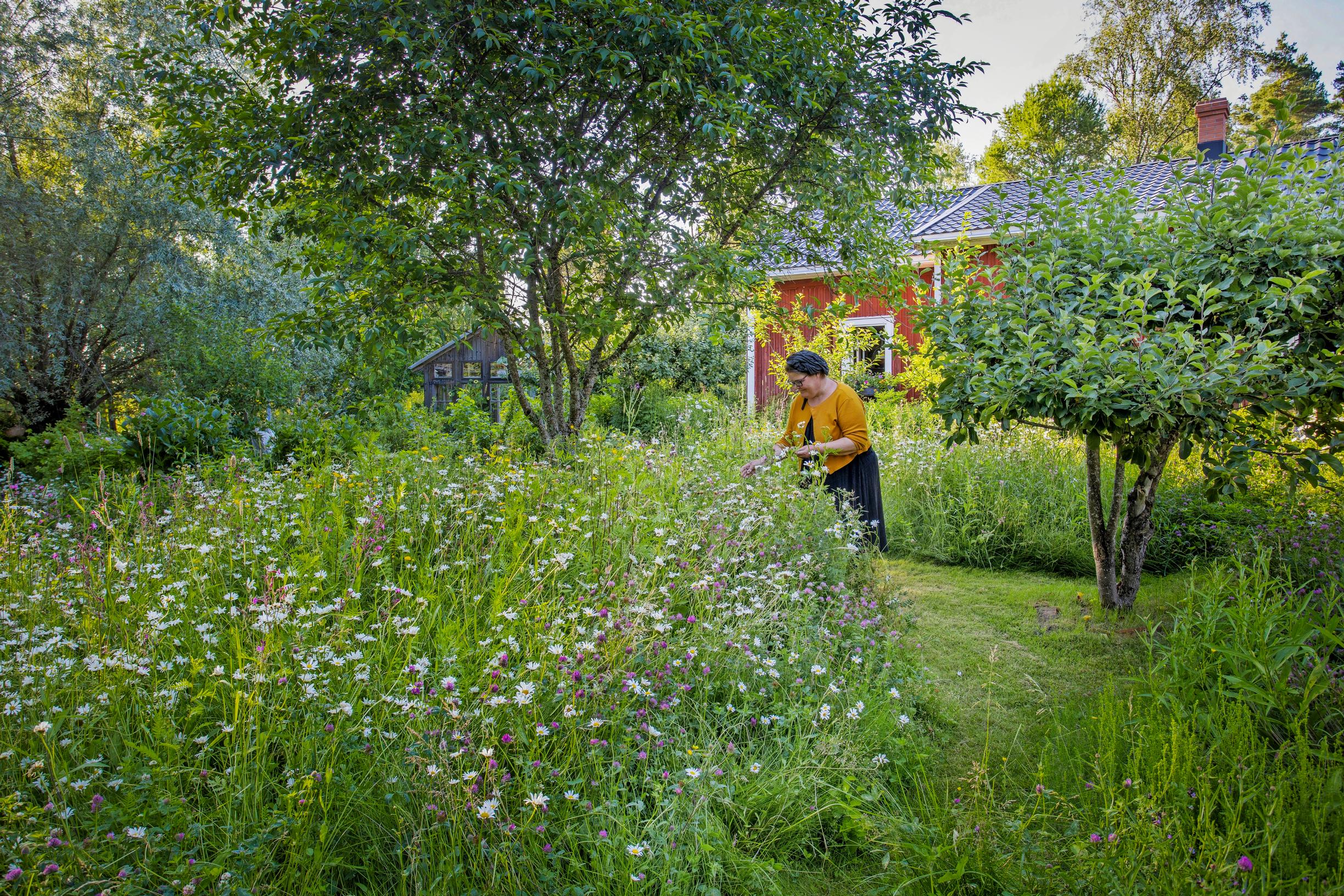
Maikki created blooming no-dig meadow beds in her garden: “To me, meadows represent freedom, relaxation, and surprise”
Maikki Autio loves the wild look of her two meadow plots, yet she still weeds out the unwanted plants: “My meadows are like hairstyles that take two hours to style so they can look carefree,” she says.
“Meticulously controlled gardens aren’t my thing. I’m not the kind of person who designs flower beds down to the last detail and moves plants from place to place. Instead, I love meadows. To me they mean freedom, ease, and the thrill of surprise. That’s why I created two meadow areas in my garden, which only ten years ago was pretty much overgrown.”
I found a small red detached house when I moved to Laitila for work. The town was unfamiliar to me, and I had no gardening experience either. I fell in love with the house, set on a one-hectare plot.
A long time ago the garden had been famous for its magnificent flower plantings. Since then it had been largely neglected. In the last years before I moved in, only the lawn around the house had been mowed; otherwise the garden had grown wild. The plot might have felt overwhelming if I’d had a clear goal for it. Instead, I saw it as an adventure.
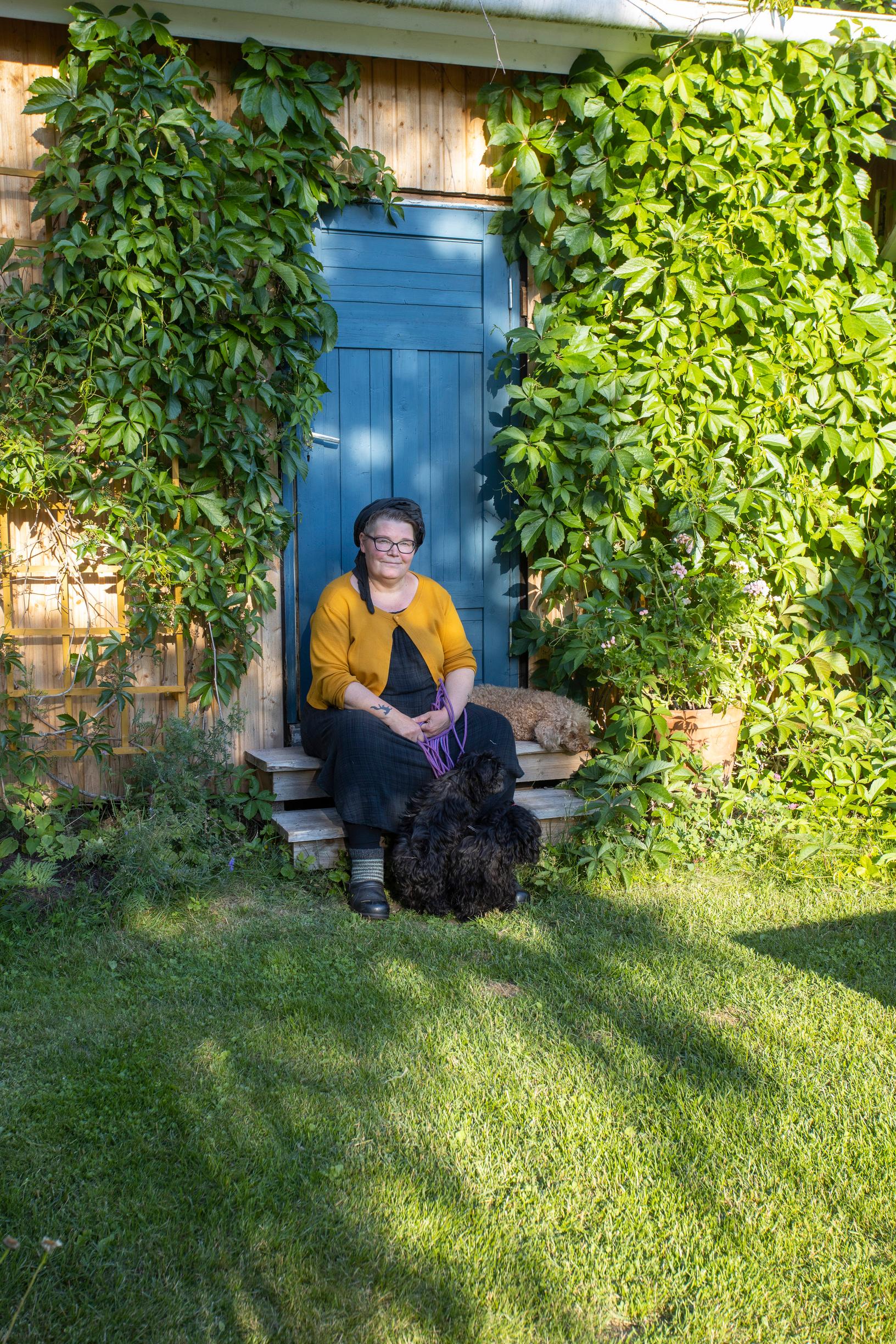
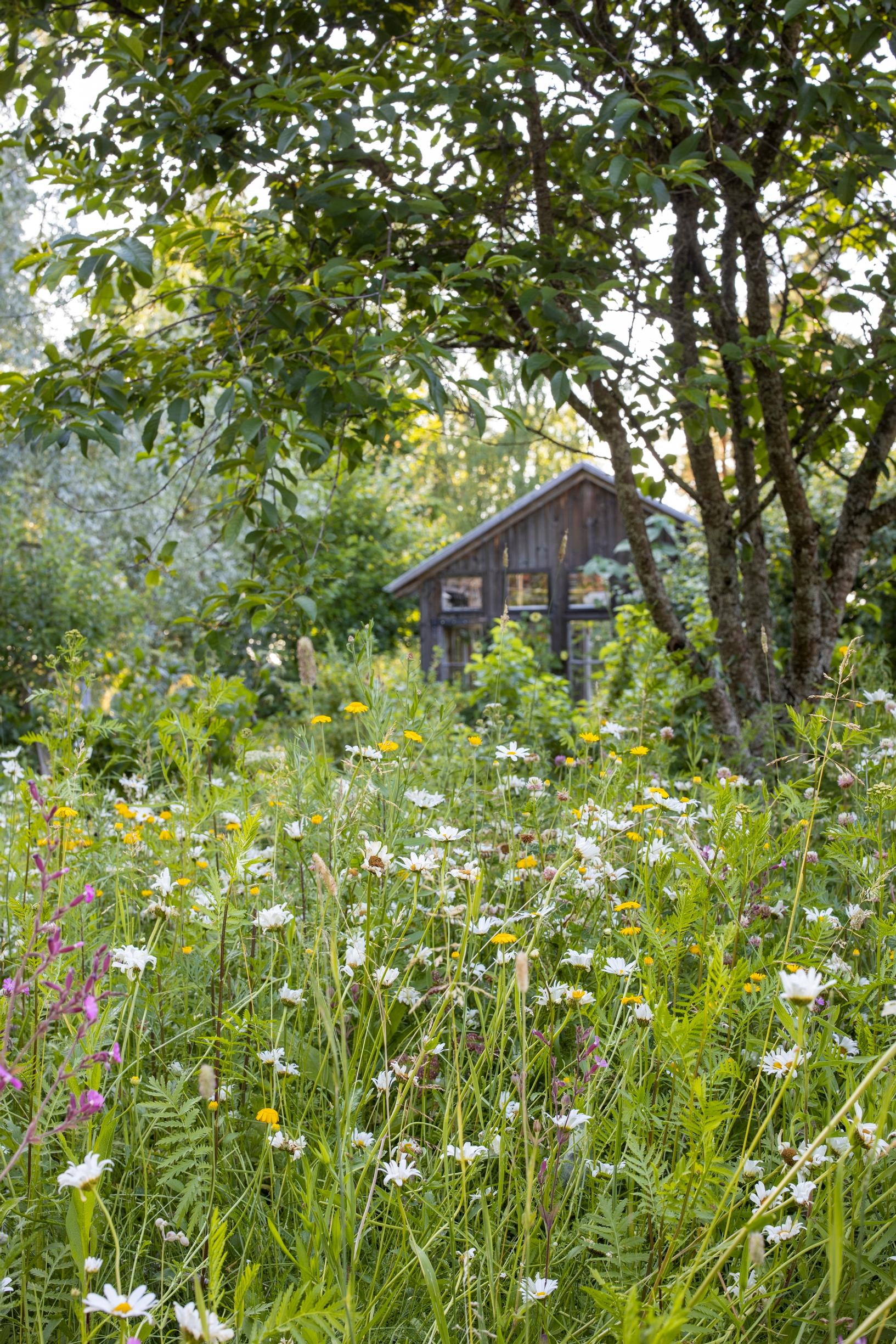
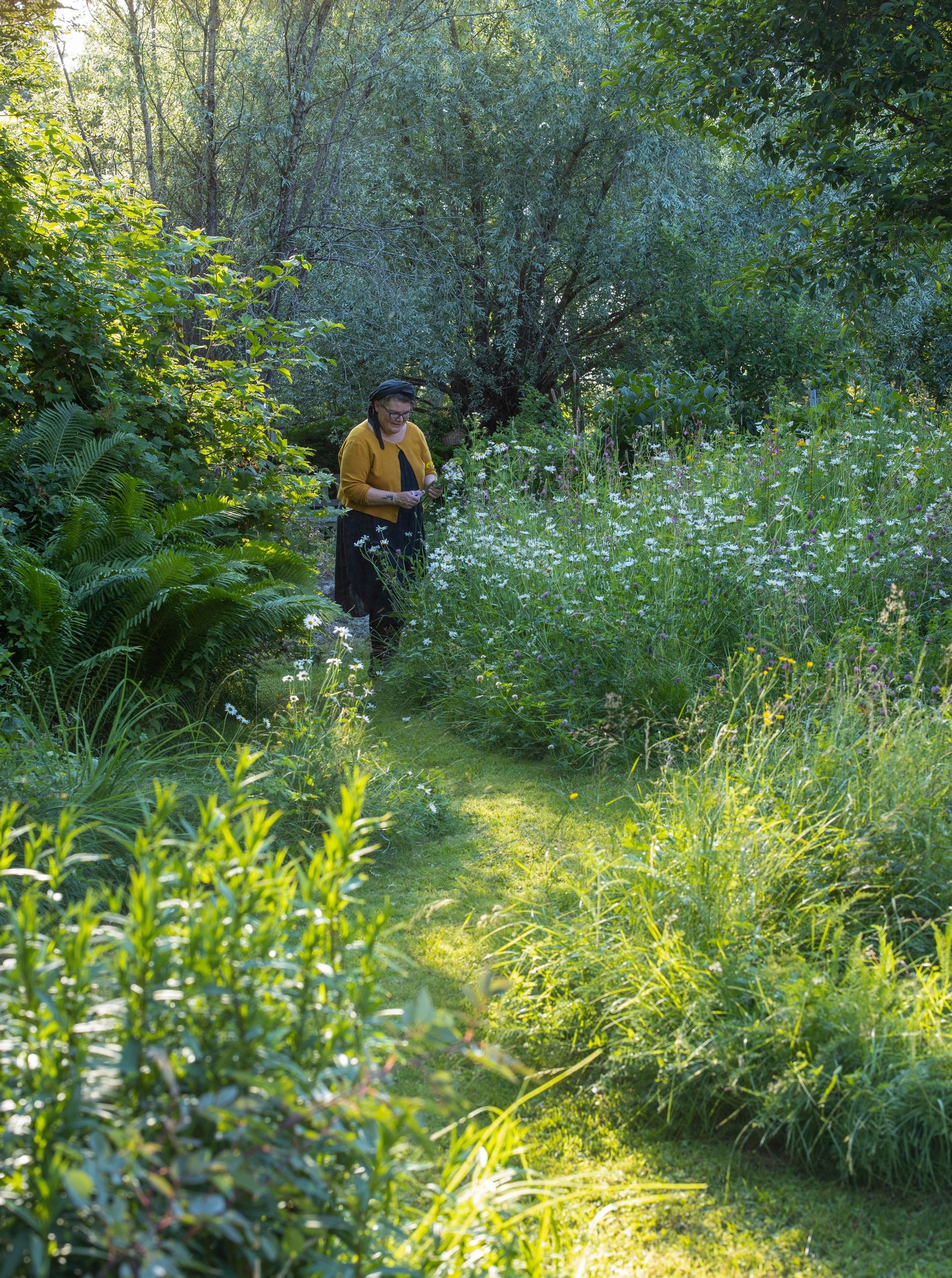
My first summer here was spent cleaning up the garden. I removed the willows and other greedy growers that spread everywhere and smother everything. The next autumn I laid out two large meadow beds in the front garden using the no-dig method. The idea is not to dig the soil because that disturbs the organisms living beneath the surface. Digging also releases carbon dioxide into the air. Instead of turning the soil, you feed it by adding a layer of compost or mulch on top each year. With the no-dig approach, whatever grows in my garden grows big. Under my apple trees, lovage shoots up to nearly two meters.
Nothing much grew where my meadow beds now are. I laid cardboard over the lawn-like area and wheeled soil on top of it. The load of soil I’d ordered turned out to be surprisingly clay-rich, but I decided to use it anyway. I bought several different meadow-seed mixes because I didn’t know what would thrive in clay. I prepared the beds and sowed the seeds in autumn.
In spring the meadow began to sprout. Among other things, red clover, ox-eye daisy, and tansy have appeared in the beds. After a run of dry, hot summers, more grasses took over. Last summer was rainy, so I’m excited to see what the beds look like this coming summer. If any spot needs touching up, I can simply lay down more cardboard, add soil, and sow a bit more meadow seed.
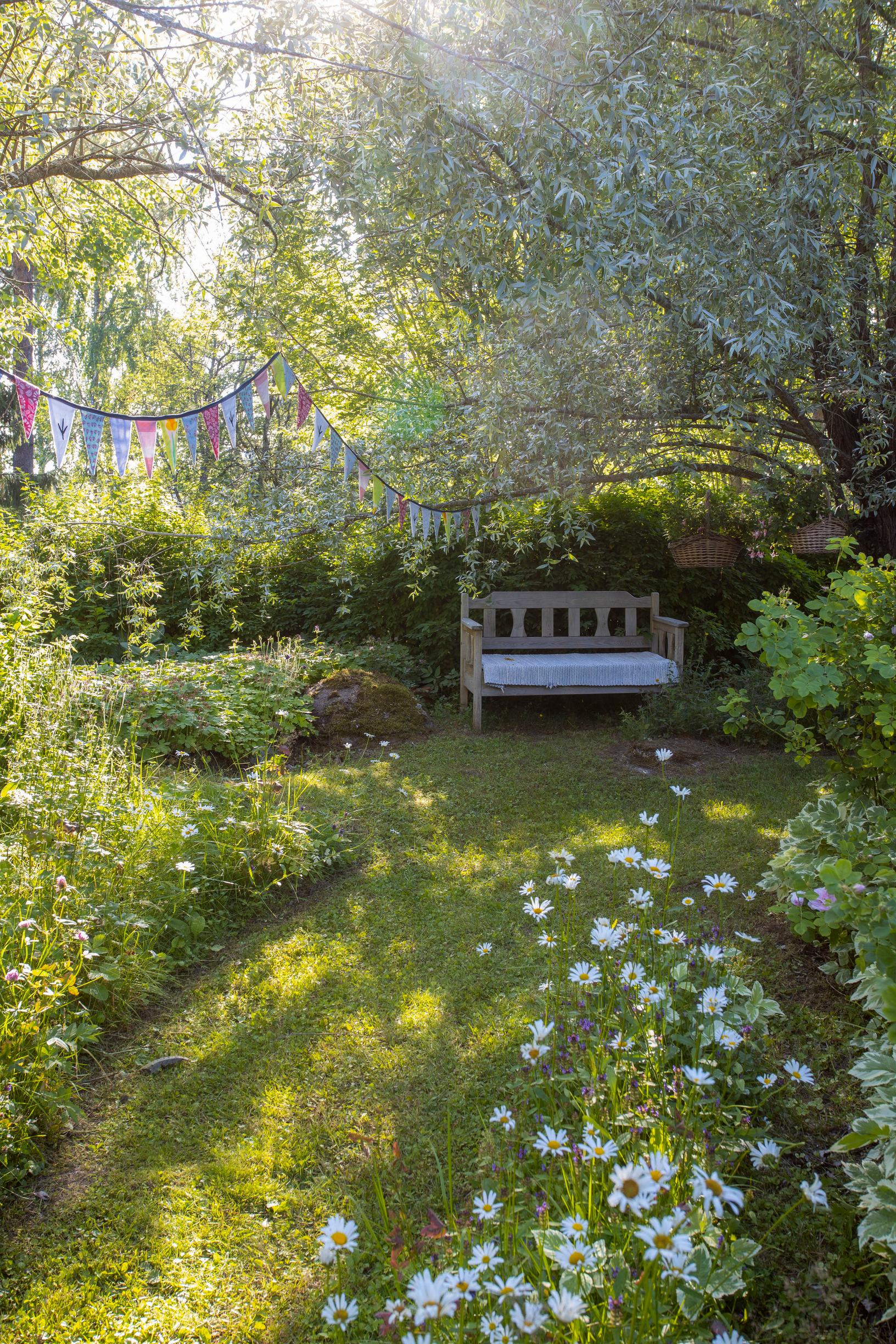
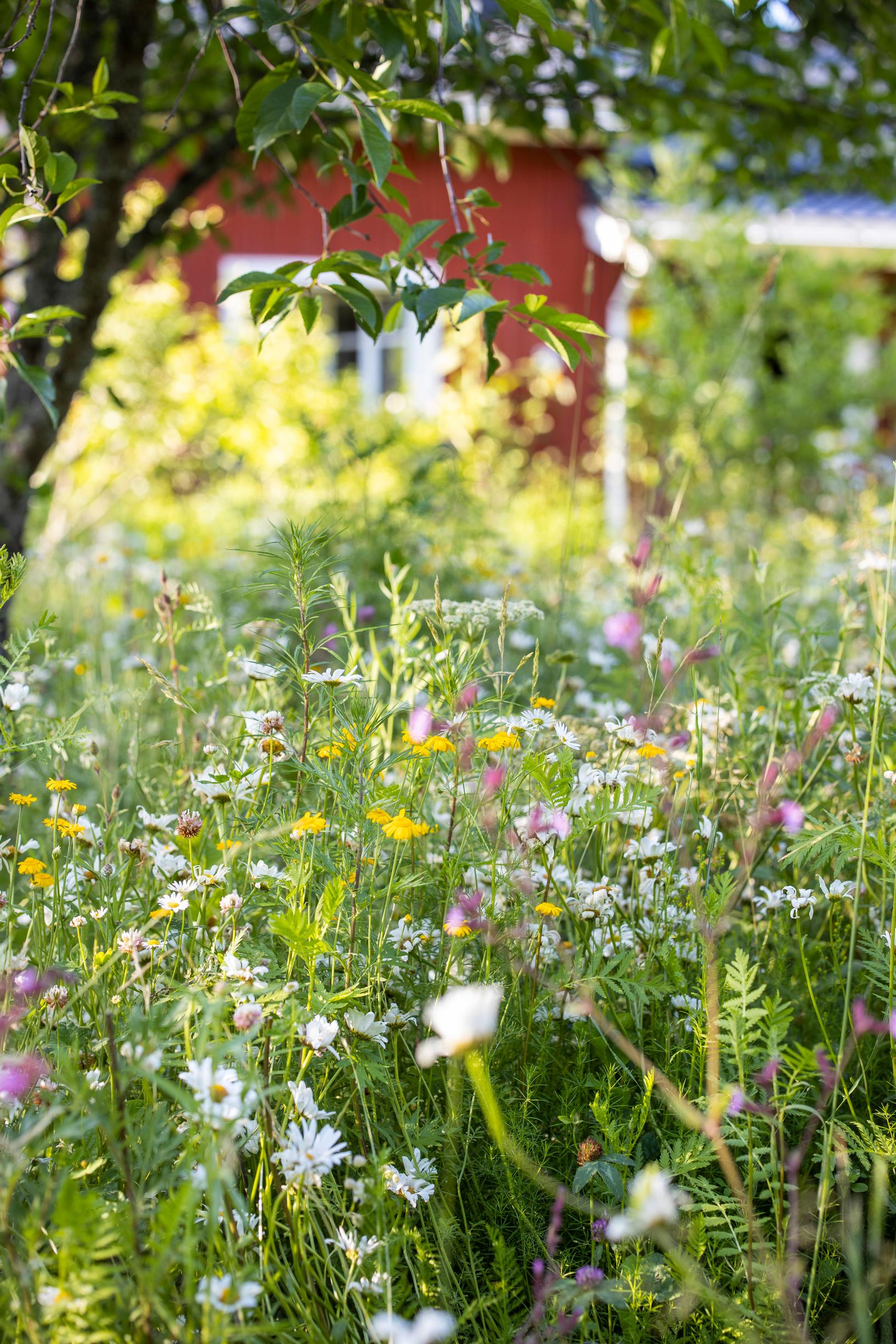
My meadows are like hairstyles that take two hours to style so they can look carefree. I lift dandelions with a dandelion weeder and remove nettles, willows, and wild raspberries from the meadow beds. I do, however, grow nettles elsewhere—in a sunny flower bed at the front of the house. Someone else might call it the show bed of the property, but I harvest the season’s first nettles for food and use the rest all summer to make fertilizer.
My meadows exist for bugs and insects. I can pick aphids off by hand, but I always leave some behind. The caterpillars are welcome to take their share.
I love the feeling that comes from going with the grain of the plants. When you don’t boss them around, a distinctive personal touch emerges. For instance, primroses pop up here and there in my garden. Apparently, they can stay in the same spot for up to 50 years. They’re free to stay where they are—I’ll simply walk around them.”
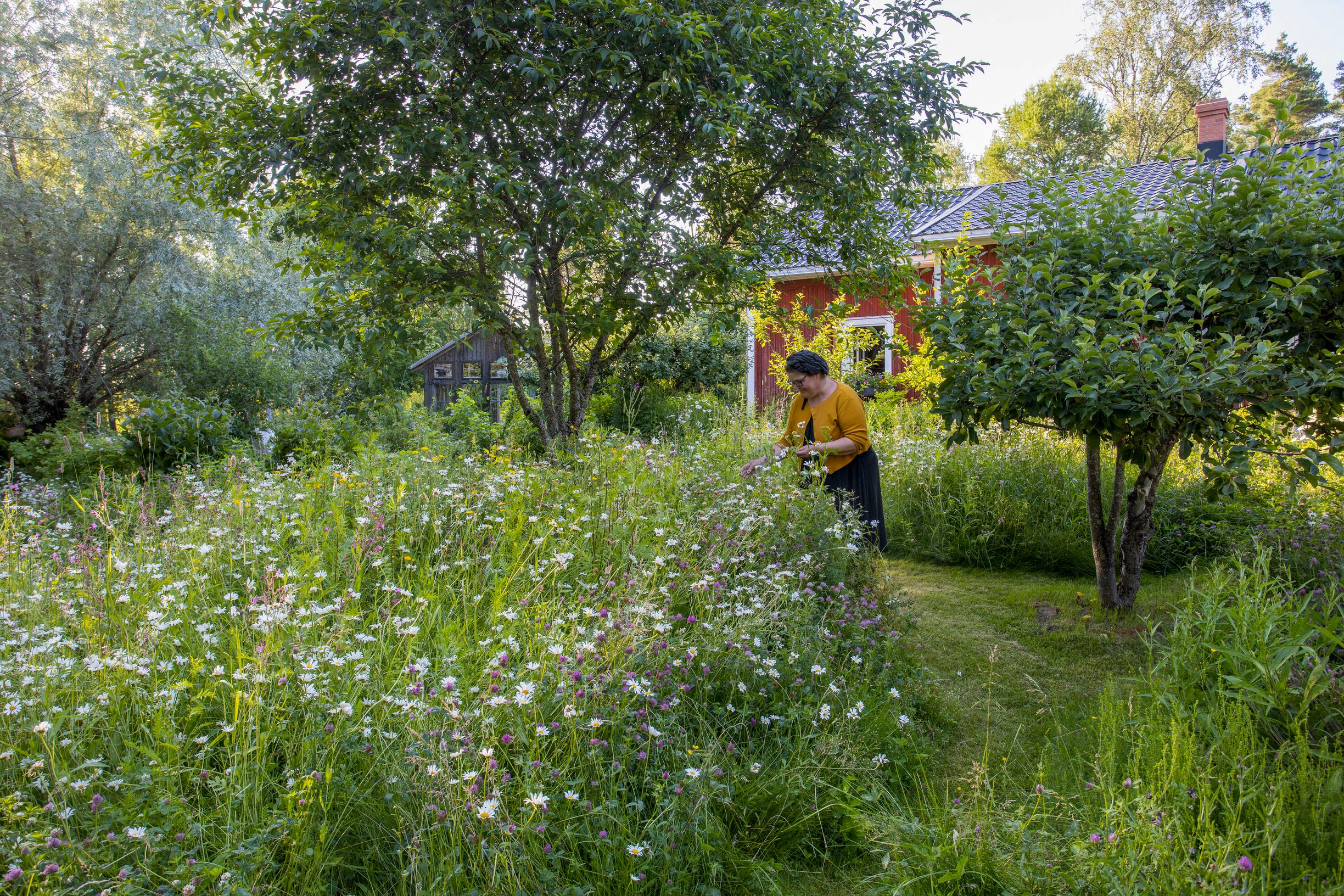
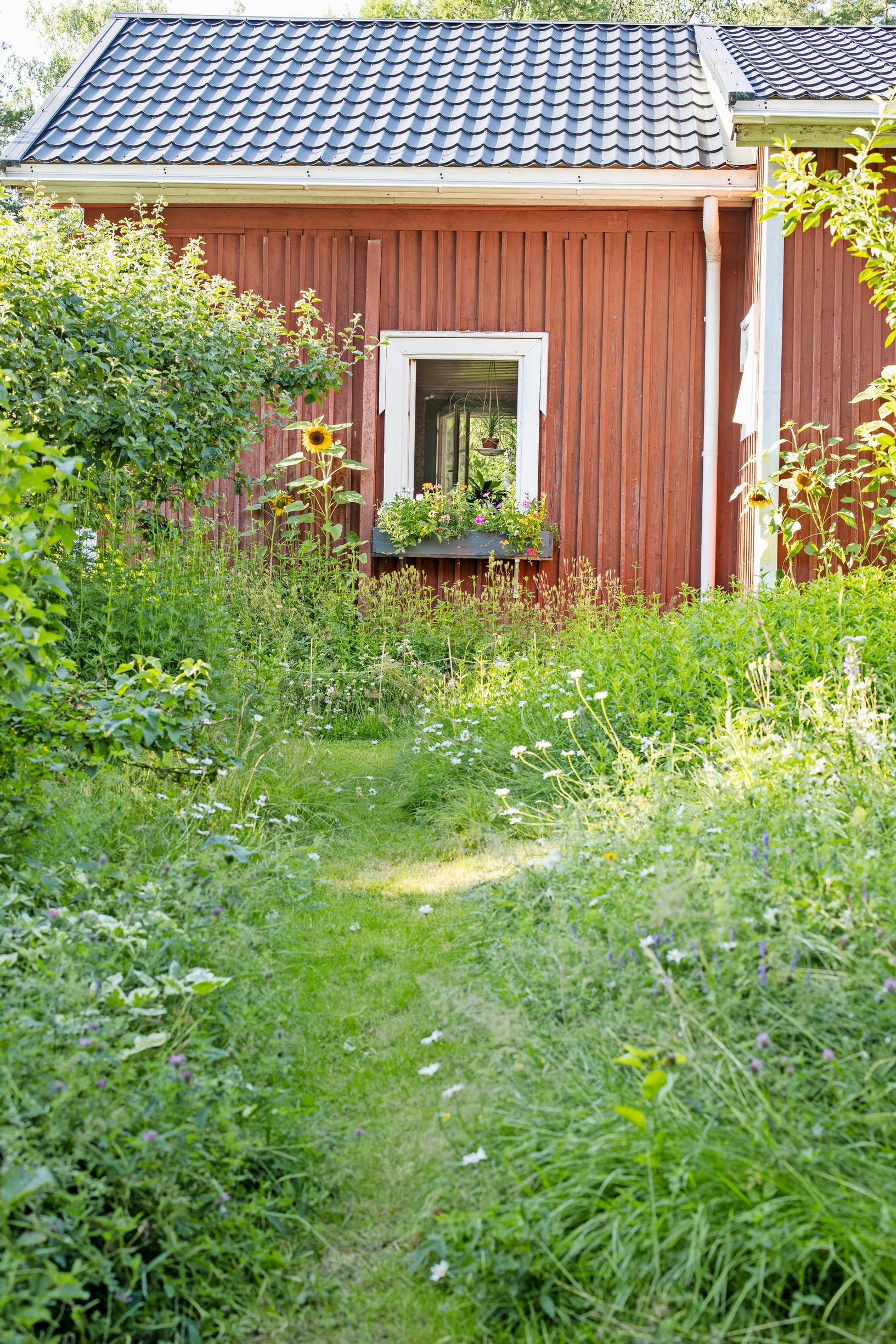
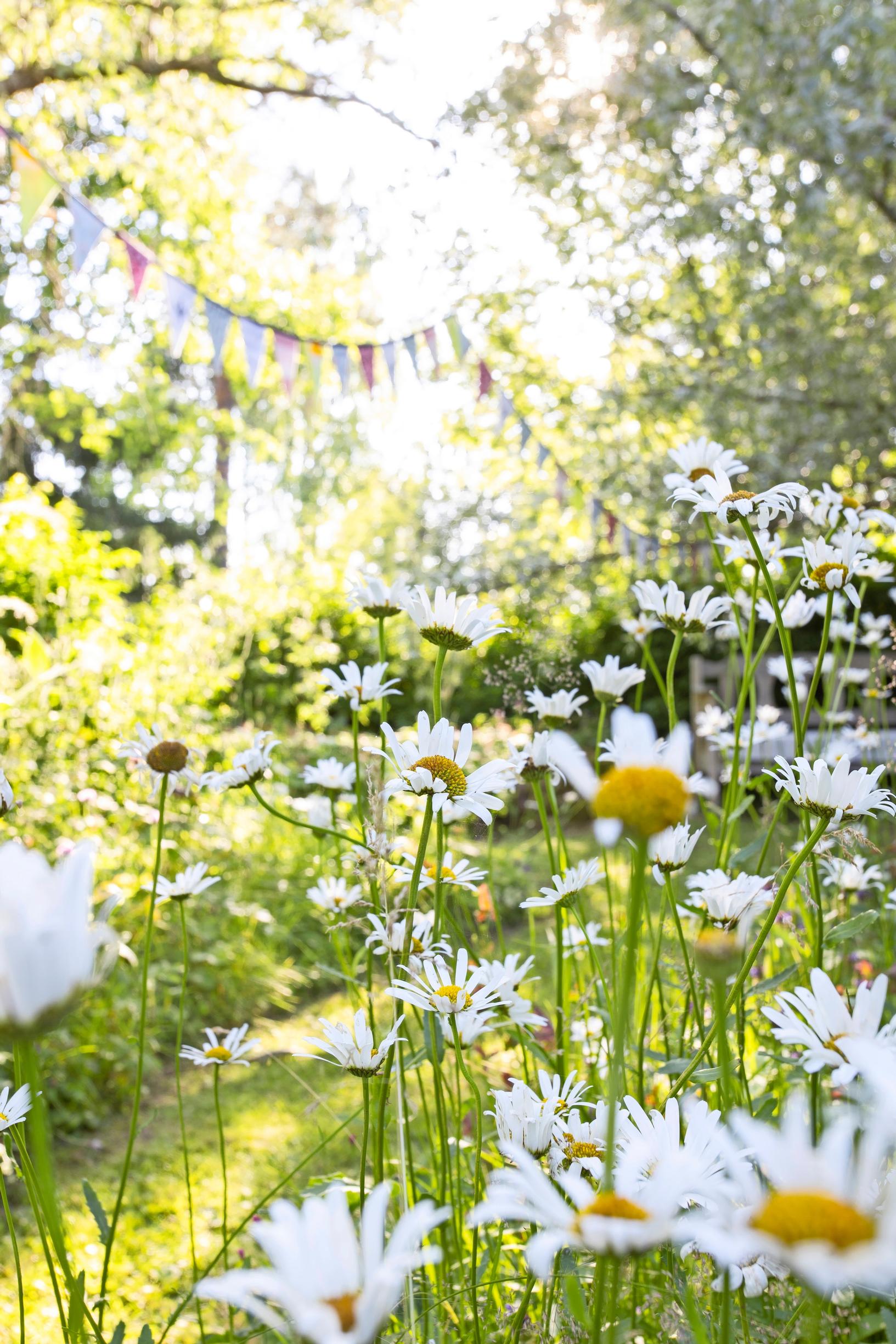
Also read the story about Maikki’s entire garden: The village’s famous flower house garden had become badly overgrown—then it was rescued by a gardening newbie who at first “couldn’t tell parsley from nettles”
